Echoes of Opacity
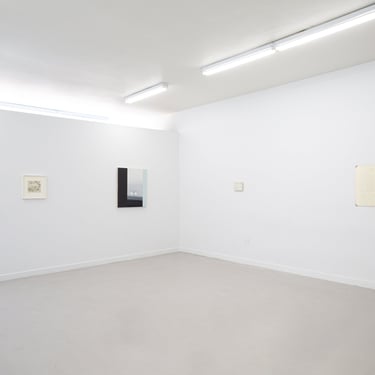
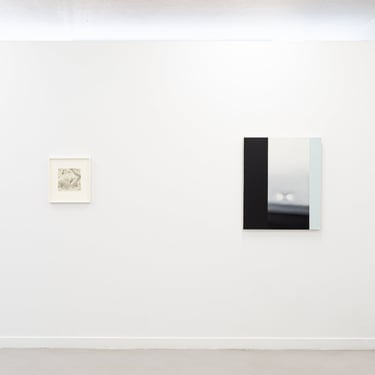
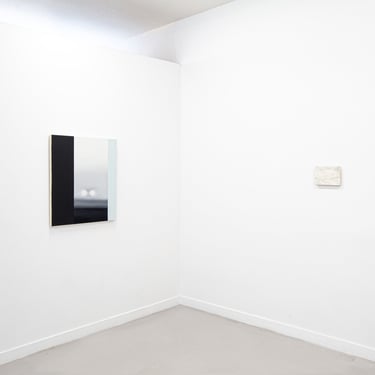
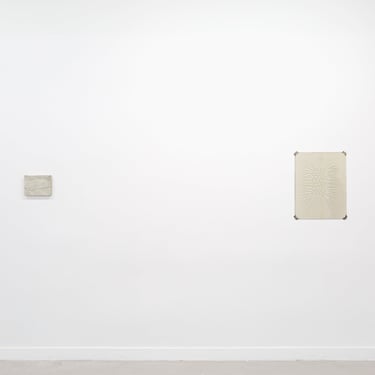
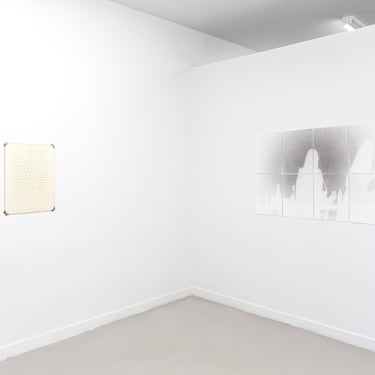
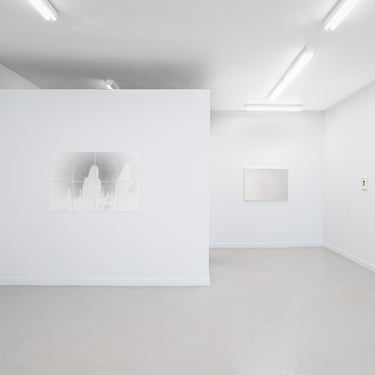
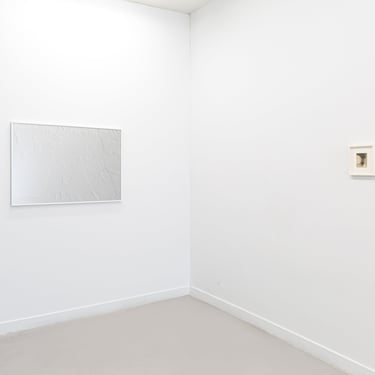
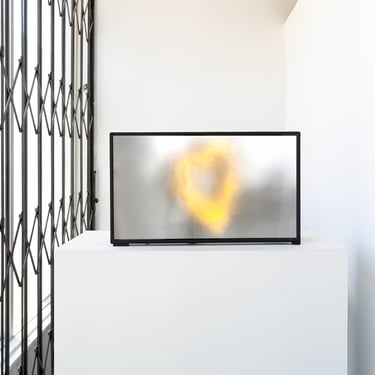
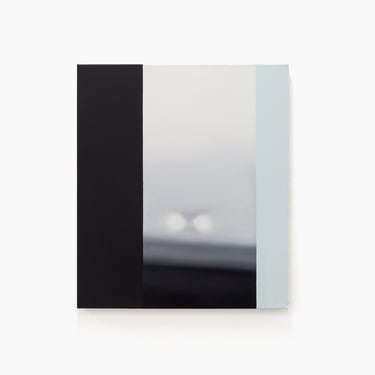
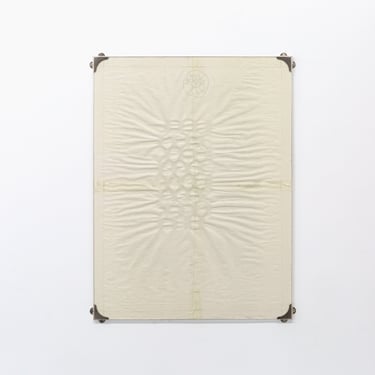
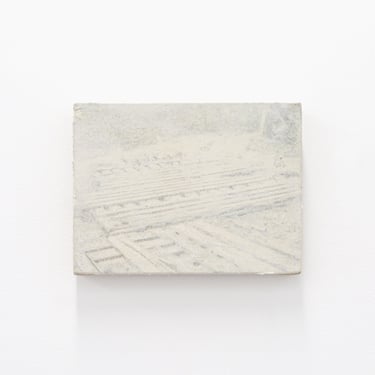
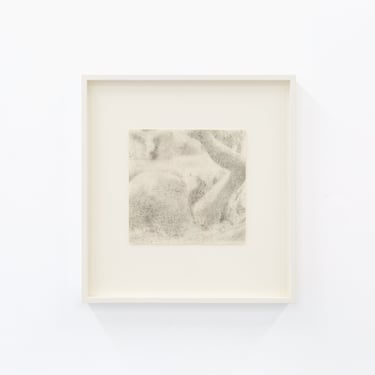
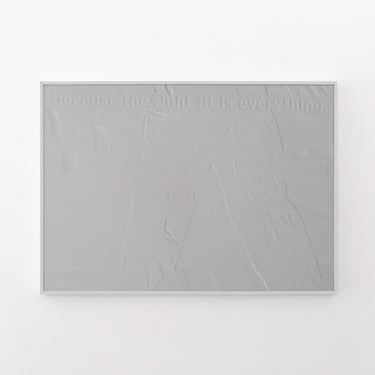
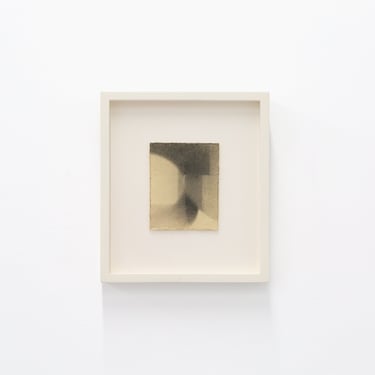

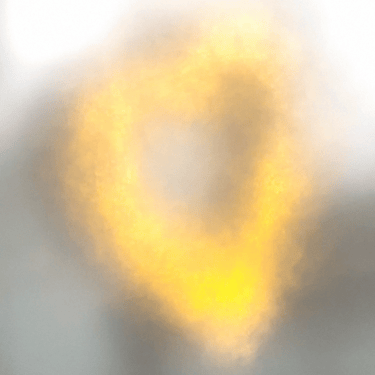
STOWAWAY is pleased to present Echoes of Opacity, a group show curated by David Shamie. Shamie brings together eight visually quiet, largely monochromatic works by an international lineup of artists including Laura Figa, Georgina Hill, Marie-Alix Isdahl, Max Petts, Nick Rose, Michael St. John, and Moritz Tibes. Please join us for the opening reception Saturday August 2nd, 2025 from 5-8 pm.
Echoes of Opacity
“There is no art that is not the art of a clear touch on the obscure threshold of sense.”
- Jean-Luc Nancy [1]
There is no beauty without veiling. “Beauty is a hideout… it lies in the nature of beauty that it cannot be
unveiled.”[2] This is because beauty relies on distance in order to allow for its distinction, and the mystery
of the veiled is what seduces us to linger on the specificity of the distinct. Distance and duration are what
provide room for contemplation of distinction, yet transparency and instantaneity are hegemonic in our
current cultural paradigm. We mistake the immersion and relevancy of the content of an artwork for its
power, and this is why we rarely encounter the beautiful. Rather, the power of an image, its “imagistic”
quality, is a product of its separation from the world, or its “sacredness.”
An image separates itself from the world through its density, the force of the call and response it sets up for
itself, its taut self-sameness; what frames itself from its own force, its own internal tension, makes of itself
an image. Its borders are defined by this self-framing, and are what make it distinct. This is why Jean-Luc
Nancy says an image is, by definition, “sacred.”[3] The biblical word for sacred is “Kadosh,” whose etymologic
roots mean “to set apart,” or “to make distinct.” The nature of the sacred is of the order of nonutility, a
defined sphere of quiet and rest.[4] But at the heart of this definition is always an obscure and mysterious
appeal.
Echoes of Opacity is a show of works that use the opaque as a formal device, tapping into its ability to
conjure the truth of obscurity at the heart of all successful artworks. In these 8 works the opaque is both
presented and represented, and through this reflexivity they conjure the sense of this truth. However, this
reflexivity is precisely what renders these works distinct. While clearly defined, they hold onto their secret,
leaving room for the mystery they evoke to seduce; “Drawn into what withdraws, drawing toward it and
thus pointing into the withdrawal, man first is man.”[5] This hermeneutic prolongation makes us linger on
works that don’t give themselves all at once, allowing for the contemplative space and duration needed to
approach beauty. Image making is the act of creating distinct opacities, sacred splittings that ground the
way we relate to things, that ground the sense of our world.
-David Shamie
[1] Jean Luc Nancy, The Sense of the World (pg. 83)
[2] Byung-Chul Han, Saving Beauty (pg. 27)
[3] Jean Luc Nancy, The Ground of the Image (pg. 1)
[4] “Work set up the distinction between the Sacred and the Profane.” George Bataille, Eroticism (pg. 114)
[5] Martin Heidegger, What is Called Thinking (pg. 9)